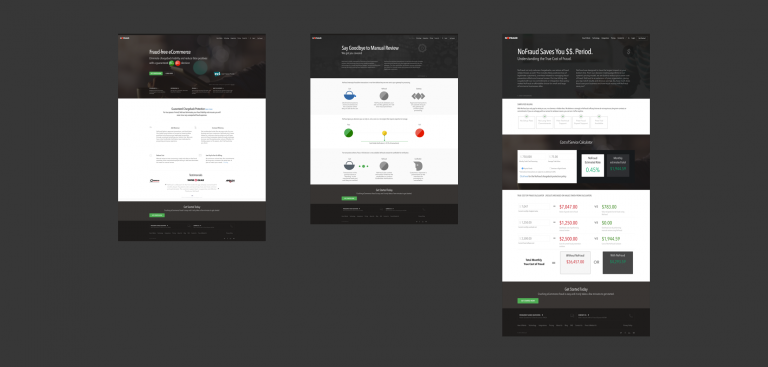With the advent of television syndication, no viewer is left unreached and no potential market left untapped by advertisers. In 2016, advertising revenue resulting directly from television syndication approached $1.86 billion. This figure, while still significant on its own, is notably less than previous years as profits have been steadily declining since its most recent peak of $2 billion in annual revenue recorded in 2013. As television is finding less and less areas to expand to even on a global scale, the digital space is experiencing sustained and relentless growth. The expansion of the digital universe includes the development of new platforms on which to consume a plethora of video content, some of which were previously only available on television. The transition in preference away from the traditional television set is liberating for consumers of video media, but poses a new set of difficulties for content creators.

Distribution
Following the model of television syndication transcending geographic limitations, any video media must be able to traverse the saturated digital space well in order to maximize exposure. However, the means of disseminating content across the web are much more varied and tedious than in the days of just television broadcasting. The concepts of distribution and syndication in regards to digital media are often conflated together. The two terms, however, convey different ideas. According to Kaltura, distribution is perceived to be the simpler of the two processes as it only entails the submission of content to a third party host, who is then responsible for plugging it into their own player. The most recognizable of these third party hosts and an apt example would be YouTube.

Many content creators who opt to use third party hosts to distribute their media are drawn to the simplicity and ease of the process. The need to choose and design a player is eliminated and they are also not responsible for selling advertising. Hosts that have native apps would also allow video media to be viewed on more devices, and since the creator does not pay to stream the content, there are fewer upfront distribution costs involved.
The problem with distribution often lies in control, or lack thereof. Essentially, this option requires the one submit their content as a single, unaccompanied unit. The host determines how the media will be displayed and presented and any further alterations will have to be conducted through the platform. Even more critical is the absence of the full range of analytics available to the creator once the content has been handed over to the host. The shortage of relevant data can inhibit strategic decisions.
Syndication
Video syndication is a much more complex and tedious process. Simply put, “When you syndicate your content, you embed the entire thing as a package—the content itself and a video player of your choosing.” The level of difficulty may be higher, but the control one retains and the design offerings are much more comprehensive and advertising decisions lie securely within the creator’s purview. A centralized hub for all of one’s media is also a key feature, such that once content is removed from one place, it disappears from all players, everywhere.
Video syndication, despite its wide array of advantages, is plagued with its own difficulties, and any content creator must be prepared by remaining vigilant of the following key issues:
1. Awareness of capability. The allure of syndicating to the every platform that will accept one’s content is hard to resist, especially with the goal of distributing content to as many people as possible. However, it does not take long for things to get unwieldy as far as enforcing complex business rules with advertisers and syndication partners. With the aim of maximizing revenue in mind, AdMonsters details the issues associated with fulfilling one’s agreements with advertisers as far as reformatting ads for the different screens and devices they are running on. Analytics and data discovery has been predominantly weighted to the syndicator/distributor though with the burgeoning organic growth in small to mid tier providers of content. It is becoming clear that the creators need analytics for creative purposes as well as control/contract use purposes.
2. Technological congruence. Online video syndication is constantly uncovering issues as it continues to develop. More recently, the lack of incompatible technologies utilized by those supplying the content and the distributing platforms have been cited as a glaring concern. TechTarget asserts that progress within this industry sector should move towards addressing the “need for a standardized data exchange mechanism, and the need for a standardized metadata vocabulary.”
3. Tracking and reporting. Syndication is hardly a hands-off process. On the contrary, AdMonsters proclaims that the inclusion and integration of syndication partners further necessitates an attentive eye and data driven approach to managing these partnerships. Content suppliers must be able to track how well the video media is performing as well as the revenue generation on each partner’s platform and adherence to contract use terms. In some ways content suppliers are trying to take back control of data tracking with new trends in blockchain technologies. Comprehensive and coherent reporting that is capable of tracking every aspect of one’s syndicated content is critical in framing an informed distribution strategy.

Denisse Perez, Content Marketing Analyst for True Interaction, contributed to this post.
by Joe Sticca







